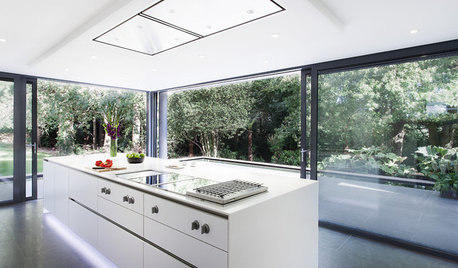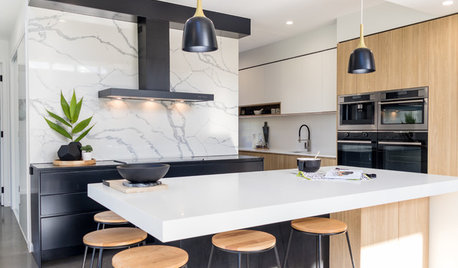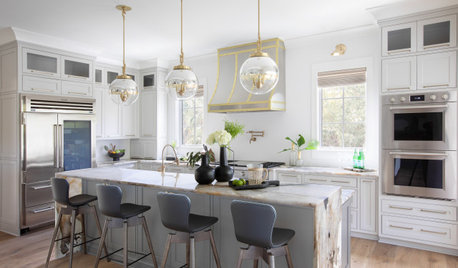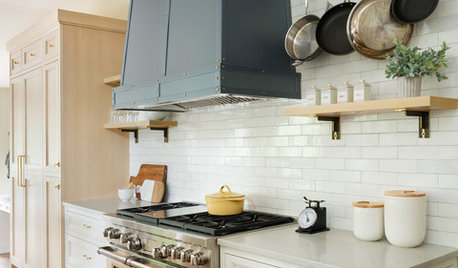400 CFM ventilation hood with an induction cooktop?
frazzlehead
4 years ago
last modified: 4 years ago
Featured Answer
Sort by:Oldest
Comments (18)
Related Professionals
Buffalo Kitchen & Bathroom Designers · Glens Falls Kitchen & Bathroom Designers · Highland Park Kitchen & Bathroom Designers · St. Louis Kitchen & Bathroom Designers · Wesley Chapel Kitchen & Bathroom Designers · Eagle Mountain Kitchen & Bathroom Remodelers · Allouez Kitchen & Bathroom Remodelers · Glendale Kitchen & Bathroom Remodelers · Lomita Kitchen & Bathroom Remodelers · Santa Fe Kitchen & Bathroom Remodelers · Turlock Kitchen & Bathroom Remodelers · Aspen Hill Cabinets & Cabinetry · Indian Creek Cabinets & Cabinetry · South Gate Cabinets & Cabinetry · South Riding Cabinets & CabinetryJeffrey R. Grenz, General Contractor
4 years agofrazzlehead thanked Jeffrey R. Grenz, General Contractorfrazzlehead
4 years agofrazzlehead
4 years agofrazzlehead
4 years agokaseki
4 years agoCindi
4 years agoJeffrey R. Grenz, General Contractor
4 years agokaseki
4 years agolast modified: 4 years ago
Related Stories

KITCHEN DESIGNHow to Choose the Right Hood Fan for Your Kitchen
Keep your kitchen clean and your home's air fresh by understanding all the options for ventilating via a hood fan
Full Story
5 Stunning Modern Range Hoods
Today's kitchen range hoods can look like sleek sculptures. Here's what to look for when you go shopping for one
Full Story
KITCHEN APPLIANCESThe Many Ways to Get Creative With Kitchen Hoods
Distinctive hood designs — in reclaimed barn wood, zinc, copper and more — are transforming the look of kitchens
Full Story
KITCHEN APPLIANCESFind the Right Cooktop for Your Kitchen
For a kitchen setup with sizzle, deciding between gas and electric is only the first hurdle. This guide can help
Full Story
KITCHEN APPLIANCESDisappearing Range Hoods: A New Trend?
Concealed exhaust fans cut visual clutter in the kitchen
Full Story
KITCHEN DESIGNHow to Get Your Range Hood Right
Get a handle on the technical specs, and then learn about fun design options for creating a beautiful kitchen feature
Full Story
KITCHEN DESIGNWhat to Know When Choosing a Range Hood
Find out the types of kitchen range hoods available and the options for customized units
Full Story
KITCHEN DESIGNDesigner Tips for Range Hoods, Appliances and Lighting
Learn how to get your microwave height just right, what kind of bar stool will be most comfortable and more
Full Story
KITCHEN APPLIANCESWhat to Consider When Adding a Range Hood
Get to know the types, styles and why you may want to skip a hood altogether
Full Story
BEFORE AND AFTERS4 Kitchen Makeovers With Standout Range Hoods
In these before-and-afters, see how a custom range hood can take your kitchen renovation to the next level
Full StoryMore Discussions








kaseki